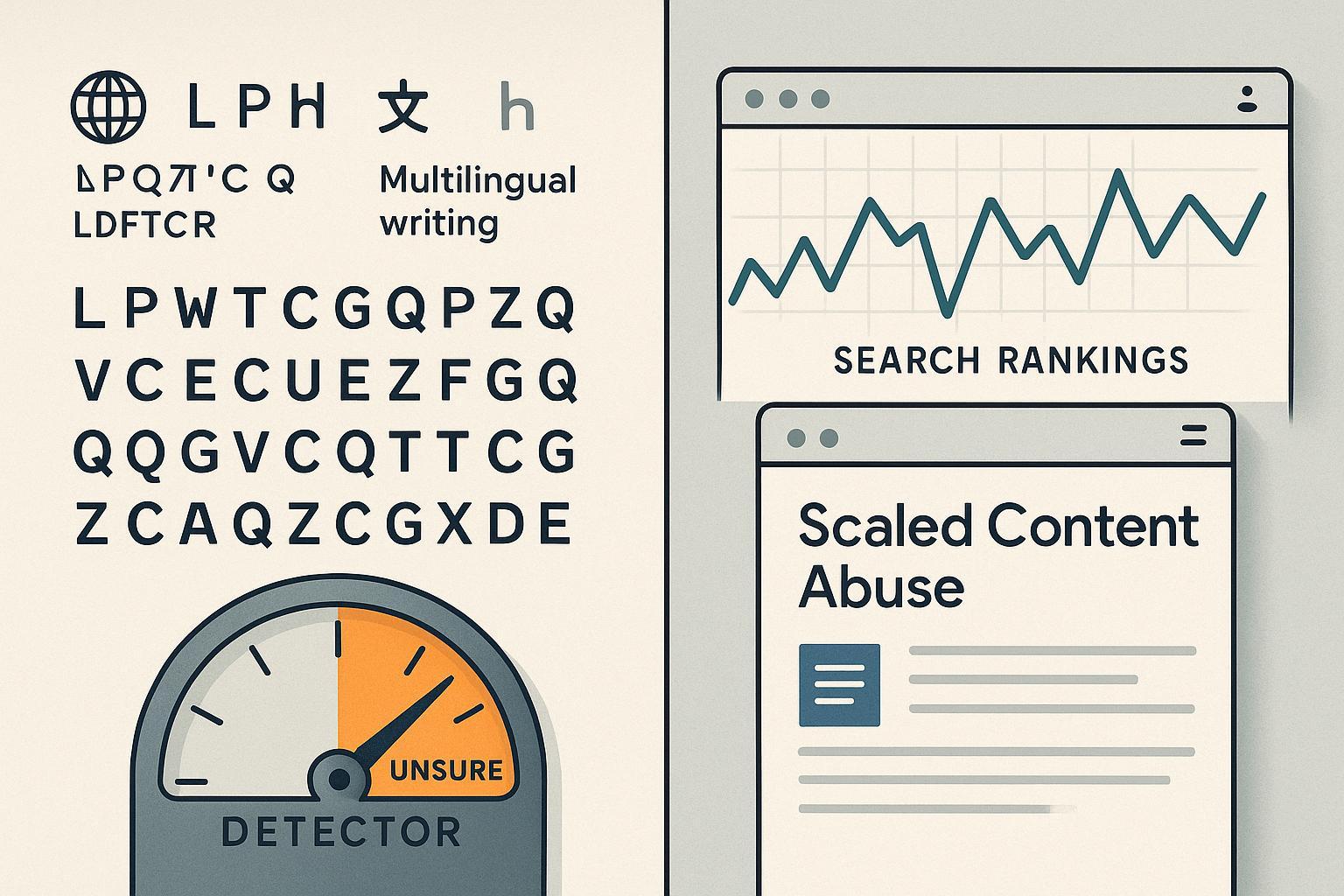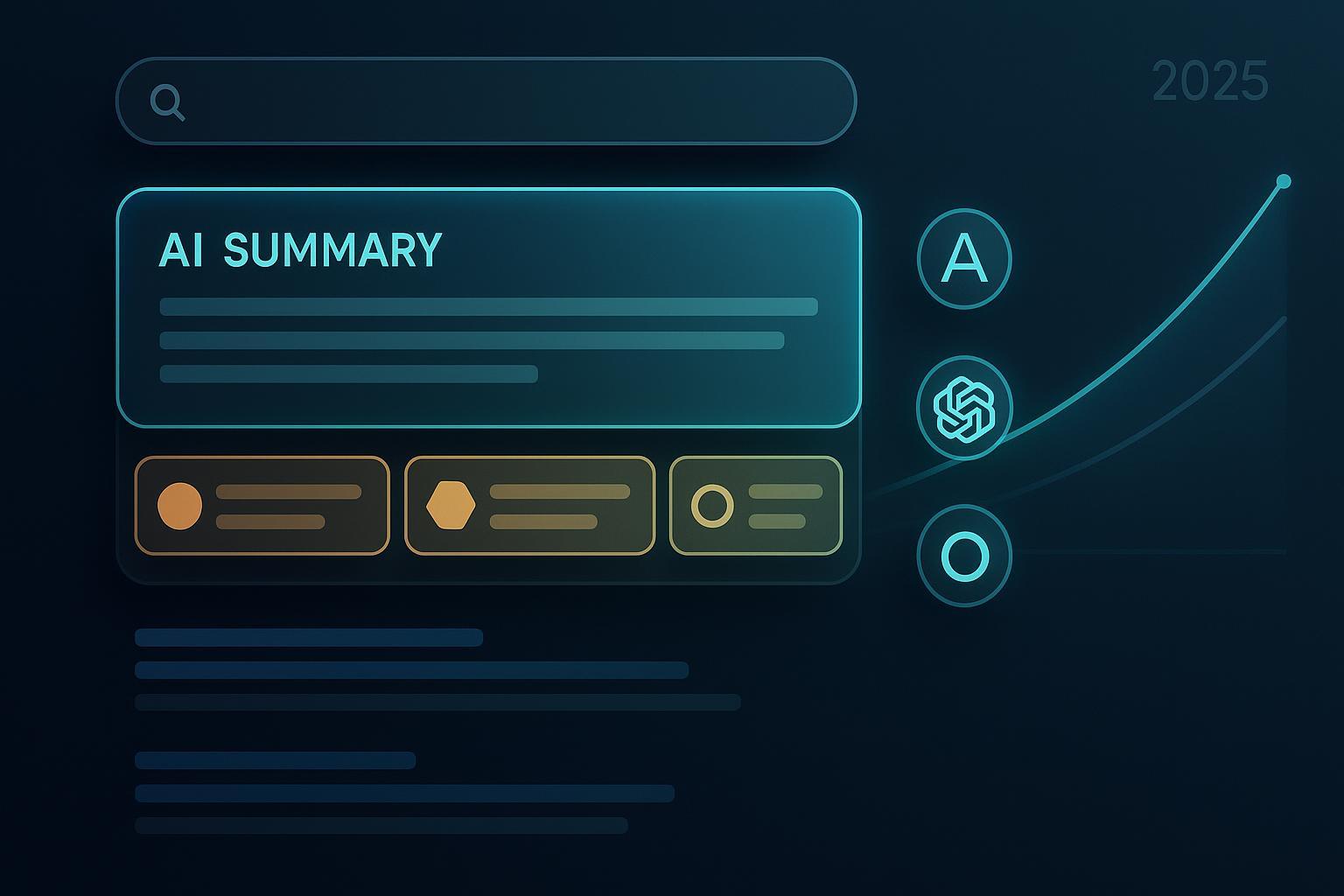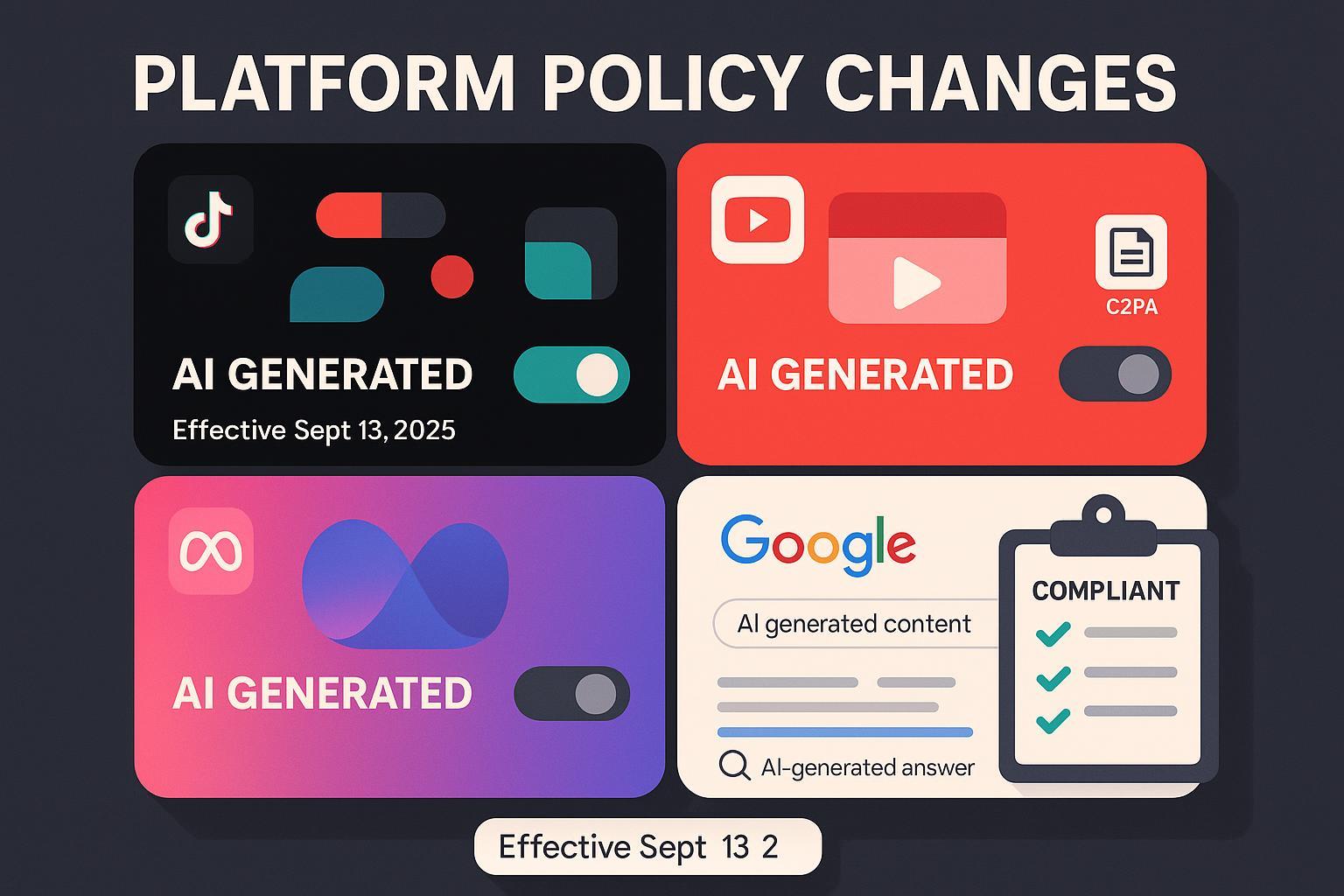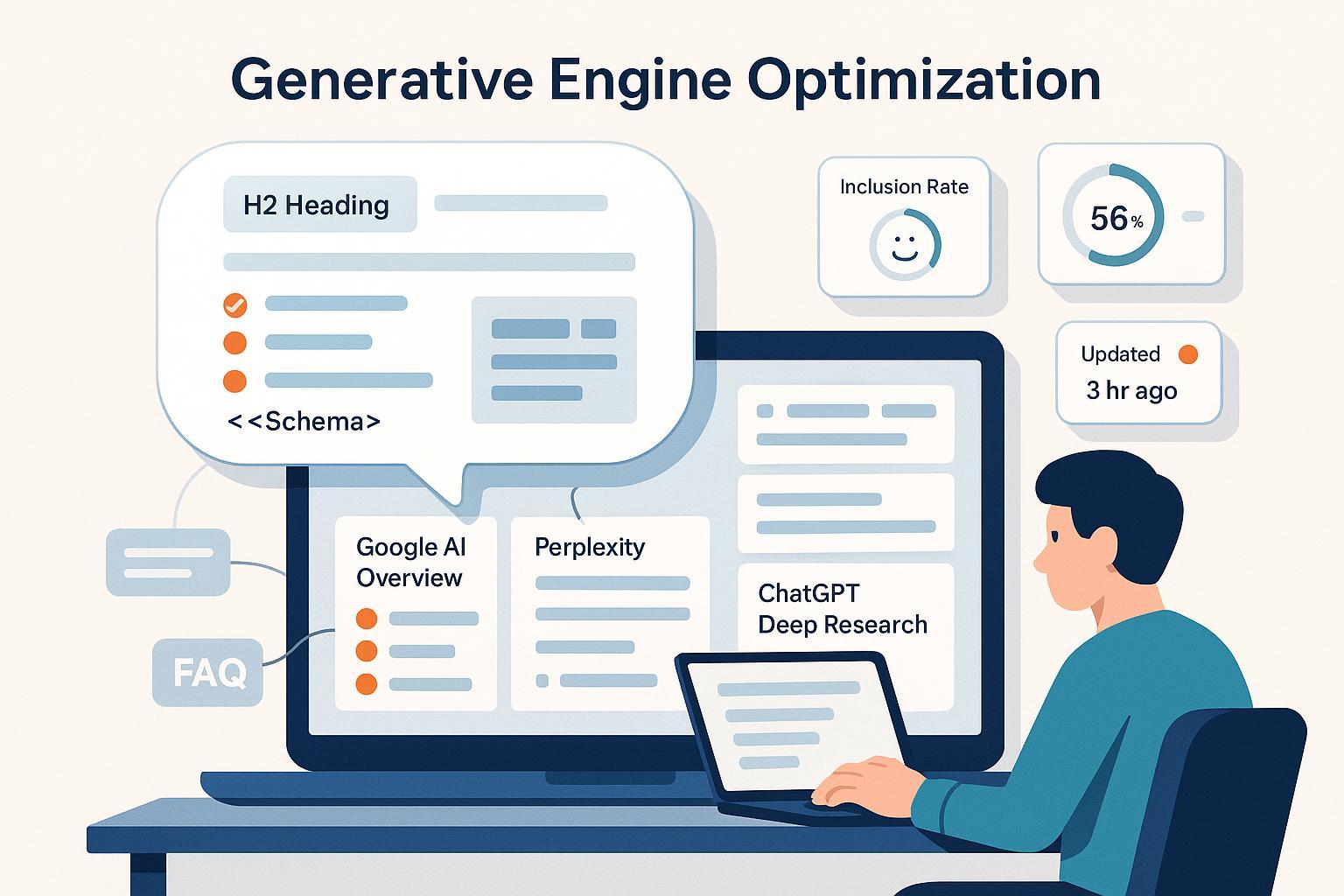2024 Best Practices for GEO in B2B Technology: Influencing AI Buying Committees
Explore actionable 2024 best practices for generative engine optimization (GEO) in B2B tech. Learn to capture and influence AI-driven buying committees with advanced frameworks, real-time monitoring, and Geneo tools.


The New Battleground: GEO and the AI-Powered B2B Buyer
It’s 2024, and B2B buying is unrecognizable from just a few years ago. Decision-makers no longer scour ten vendor sites or sit through five cold calls—they ask ChatGPT, use Google’s AI Overview or platforms like Perplexity, then distill recommendations for their steering groups. If your brand isn’t surfacing in these AI-generated answers—accurately, authoritatively, and persuasively—you’re invisible to the entire buying committee. This is where Generative Engine Optimization (GEO) becomes make-or-break for modern B2B technology brands (Manhattan Strategies).
Anatomy of the AI-Driven Buying Committee
Today’s buying committees in tech comprise 6–13+ core members across IT, procurement, finance, ops, security, and the C-suite (2024 G2 Report). Rather than relying exclusively on direct vendor touchpoints, these groups harness generative AI to:
- Aggregate complex market intelligence
- Run comparative analysis in seconds
- Shape shortlist recommendations in the committee workspace
Key realities:
- Each buyer persona queries AI agents for role-specific insights (e.g., security head asks for compliance proof; a CFO scans for ROI specifics)
- Committee bias is set early: if your narrative is missing or misrepresented in AI answers, recovery is nearly impossible
- AI citations and summaries increasingly trump even first-page search results (First Page Sage)
The 2024 B2B GEO Playbook: Advanced, Role-Based Strategies
1. Map the Buyer Roles and Their AI Query Behaviors
Start by mapping committee roles and their typical generative queries:
- Champion/Influencer: "Top 5 cloud security platforms for distributed teams"
- Technical Lead: "Compliance certifications comparison: Vendor A vs. Vendor B"
- Economic Buyer: "Estimated ROI for migrating to SaaS platform X"
- Procurement: "Vendors with transparent GDPR/data security policies"
Tailor content so each role’s queries trigger detailed, trustworthy AI responses citing your brand ( RevenueZen GEO B2B).
2. Engineer Content for AI Summaries and Context Windows
a. Structure and Schema Mastery
Implement Schema.org (especially FAQ, Product, Review, and Organization types) to ensure your assets are parsed cleanly by LLMs and AI search features (Krein Guide).
b. Prompt-Ready Content Snippets
Write modular, citation-ready content blocks that anticipate buyer intents. Example:
- Standardized, fact-checked answers for frequent queries (“How does Vendor X ensure cybersecurity compliance?”)
- Embed attribution cues—LLMs frequently pull from well-structured, easily referenced sections
c. Optimize for Authority: E-E-A-T and Beyond
Demonstrate real expertise (E-E-A-T: Experience, Expertise, Authoritativeness, Trustworthiness). Use reputable bylines, robust sourcing, third-party quotes, and proof of results (Google Search Quality Rater Guidelines).
3. Cross-Platform Citation Strategy
- Pursue brand mentions and backlinks on sites AI models scrape for answers: Gartner, Forrester, top industry blogs, verified news outlets, and deeply indexed review platforms
- Encourage partners, clients, and influencers to reference your brand in expert forums and Q&A destinations
4. Technical and Iterative Playbook for GEO Success
- Step 1: Audit current AI-generated summaries for your main queries (on ChatGPT, Gemini, Perplexity, Bing Copilot)
- Step 2: Refine schema and create prompt-centric content for documented committee use cases
- Step 3: Validate citations, monitor LLM “hallucinations,” and swiftly correct outdated or incorrect info
- Step 4: Reiterate: GEO is not a set-it-and-forget-it; as AI models evolve, so must your footprint
Operationalizing GEO: Real-Time Monitoring and Feedback Loops
Why Continuous Tracking is Mission-Critical
AI-generated answers can shift overnight—sometimes for reasons outside your control. Without real-time visibility:
- You miss negative sentiment spikes, competitor takeovers, or incorrect attributions
- Opportunity windows to engage buying committees vanish fast
Leveraging Geneo as Your GEO Command Center
For B2B tech brands serious about GEO, platforms like Geneo provide:
- Multi-Platform Brand Monitoring: Instantly spot your brand’s presence (or absence) in ChatGPT, Perplexity, Google AI, and other engines
- Citation & Mention Analytics: Track how, where, and by whom your brand is referenced in AI outputs and web results
- Sentiment Analysis: Gauge buyer mood in real time (positive, neutral, negative) for each surfaced answer
- Historical Benchmarking: Compare visibility and sentiment over time, mapping before/after impact of GEO changes
- Content Optimization Suggestions: Direct, AI-powered recommendations to enhance your content’s GEO fitness
- Collaborative Workflows: Multi-team dashboarding for brand, sales, and IT—a necessity for most B2B organizations
A Workflow Snapshot: GEO in Action with Geneo
- Run a Real-Time Audit
Geneo flags missing brand mentions on critical buying queries across ChatGPT and Google AI Overview. - Sentiment/Accuracy Check
The dashboard highlights a negative sentiment spike attributed to an outdated product claim. - Content & Schema Optimization
The team uses Geneo’s recommendations to rewrite the product page snippet, update schema, and promote a recent analyst quote. - Re-Monitor and Report Follow-up tracking shows positive sentiment recovery and new citations—conversion rates on inbound demo requests rise by 16% over six weeks.
Metrics & Dashboards: Proving GEO ROI
Key success signals for GEO include:
- Frequency and sentiment of AI-generated mentions by platform
- Rate of authoritative citations vs. competitors
- Share-of-voice in generative summaries across buying stages
- Pipeline and conversion lift post-GEO intervention
Build dashboards that integrate:
- AI visibility (top queries, engines, sentiment shifts)
- Classical channel data (search, organic, paid)
- Multi-touch attribution: track influence from first AI mention to closed-won
Compliance, Governance, and Boundary Conditions
- Build out privacy-forward schema and clear disclosures (GDPR, CCPA compliance for EU/US buyers)
- Enforce regular content validation—AI engines frequently hallucinate; errors linger without human QA
- Segment brand narratives for multi-national, regulated, or sensitive buyer groups
- Establish internal governance (content review boards, legal, and data teams) for risk/fact management
Common GEO Pitfalls – and How to Avoid Them
- Ignoring Role Nuance: Over-generic content often fails to surface for specific committee queries
- Single-Channel Monitoring: Without multi-engine tracking, you’ll miss major shifts
- Neglecting Sentiment: Mere appearance in AI summaries is not enough. Tone and positioning matter
- Set-and-Forget Mentality: GEO is a dynamic, evolving discipline, not a one-and-done project (HubSpot)
Practitioner Checklist: Advanced GEO for B2B Tech Teams
- [ ] Map your buying committee roles and the queries they’re asking AI
- [ ] Structure all core content with current schema/FAQ markup
- [ ] Write citation-ready, fact-checked snippets for primary queries
- [ ] Secure authoritative third-party references and mentions
- [ ] Monitor your brand (and competitors) across all top generative engines—ideally in real time
- [ ] Track sentiment, citation quality, and visibility shifts
- [ ] Rapidly iterate content and technical approaches as engines update
- [ ] Integrate dashboards showing GEO/AI impressions alongside pipeline and attribution data
- [ ] Build compliance and review safeguards into your GEO workflow
Next Steps: Making GEO a Core B2B Growth Driver in 2024
- Raise GEO Awareness: Evangelize within your marketing, brand, and executive teams.
- Audit & Benchmark: Use a comprehensive GEO platform (e.g., Geneo) to establish your current AI visibility and sentiment baselines.
- Pilot Iterative Campaigns: Tackle one buying segment or product line first—track results and share wins across teams.
- Build Cross-Functional Alliances: Align sales, marketing, IT, and compliance; GEO is a joint mission.
- Set Up Continuous Feedback Loops: Make AI monitoring, content refinement, and dashboards a monthly ritual.
References
- First Page Sage: Generative Engine Optimization Best Practices in 2025
- Manhattan Strategies: Generative Engine Optimization (GEO): Best Practices for Fortune 100 Marketers
- RevenueZen: Generative Engine Optimization (GEO) For B2Bs
- HubSpot: Generative engine optimization: What we know so far
- MarketBridge: How GenAI is changing B2B buying dynamics (and why GEO is now key)
- Krein: Strategic Guide
- 2024 G2 Buyer Behavior Report
- Google Quality Rater Guidelines
Ready to level up your GEO strategy? Explore how Geneo can drive measurable impact for your brand.





